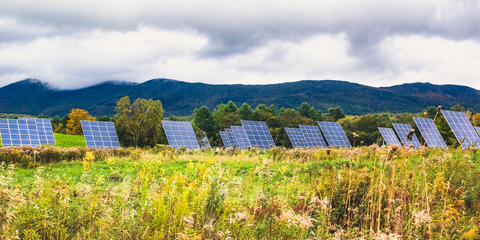
Vermont ARPA-Funded Primary Producer Impact Grant
Vermont Working Lands Enterprise Initiative
Closed March 25, 2024
Funding Source: the American Rescue Plan Act (ARPA) through Vermont Legislative appropriation
Project types:
Market development – professionalizing business marketing and/or branding approaches to establish new or expand current markets; hiring a professional marketing/branding contractor to develop strategy and/or content; implementing the strategy and/or content developed by the contractor (e.g., branding, website, or social media development)
Research and design focused on business diversification, operations and/or product development
Infrastructure improvements that enable scaling up of business operations; including project-specific planning, permitting, engineering or architectural plans; building and equipment costs
Energy focused projects – efficiency enhancements, including lighting, refrigeration/cooling, heat pumps, solar panels, low-energy water management, ventilation systems, and/or energy generation; may include equipment, installation, and/or technical assistance costs
Workforce training and development – technical skill training for staff, business management training, and/or business succession planning, including hiring a consultant to support any of these processes
Eligibility
All enterprises must be based in Vermont and registered with the Secretary of State.
Applicants must be in compliance with all state regulations (i.e. water quality, taxes) and in good standing with the State of Vermont.
Businesses must have been operational prior to January 2020.
Only primary producers of farm or forest products are eligible to apply for the ARPA-Funded Primary Producer Impact Grant. Examples of eligible primary production activities are farming, livestock rearing, sugaring, dairy, and logging.
While typically the forest industry includes sawmills and other primary wood manufacturing as primary production, from the forest sector only businesses involved in harvesting timber are eligible for this grant because of federal definitions of primary production.
Primary producers can use grant funds to invest in market development, infrastructure, and workforce development initiatives that advance their usage of primary products they have produced. Grant funds can be used for investments in processing primary products.
Applicants will need to demonstrate how their business experienced a negative economic impact due to the COVID-19 pandemic (e.g., experienced an increased operational cost, decreased revenue or gross receipts, increased costs, challenges covering payroll, or other harm that can be linked to the COVID-19 pandemic). Grant funds must be used to support your businesses recover from the economic harm experienced. Additionally, a business that received the Vermont COVID-19 Agriculture Assistance Program (VCAAP) must use these grant funds for a different scope of work.
Previous Working Lands Standard Business and COVID-19 Response Business Development grantees are eligible to apply for this grant.
Previous Working Lands Supply Chain Impact, Market Level Infrastructure Impact, or Meat Slaughter and Processing Development Grants are eligible to apply for further Working Lands funding after three years, meaning that Fiscal Year 2020 and earlier grantees in those categories are eligible to apply this year.
Secondary processors/producers or primary producers looking for smaller dollar amount grants should apply for the Business Enhancement Grant, due October 28.
Terms
Grant recipients must provide matching funds at a 100% (one-to-one) rate using cash (e.g., funds in the bank, paid staff labor hours) or a combination of cash and in-kind items (e.g., businesses time contributed to project, use of equipment, donated goods, pro bono services, volunteer labor) that the grantee organization has received from other sources. Match sources must be identified by the time of application submission and commitments in place by the time of grant agreement signing. Matching funds may not be sourced from other federal funding opportunities. Under limited circumstances, the matching requirement may be reduced or waived for applicants who demonstrate a clear need for this accommodation.
Application Instructions
Review the full Request for Applications for the complete details on eligible projects/applicants and the full application process.
Register in WebGrants (may take up to two business days).
Visit the Working Lands application frequently asked questions for resources and to get support on your application.
Complete your pre-application in WebGrants using our Application Guide between November 9 and December 16, 2022.
If invited back to full application round, complete your full application between February and April 2023.
Key Dates and Deadlines
October 28, 2022: Request for Applications (RFA) released (will be linked here on that date)
November 9, 2022: Pre-application opens for submission
December 16, 2022: Pre-application deadline
Early February 2023: Pre-applicants notified of decisions; selected applicants can submit final application
Early April 2023: Final application deadline
Early May 2023: Final round applicants notified of decisions
May 2023: Grantee documentation due
June 2023: Estimated project start date
Related Programs
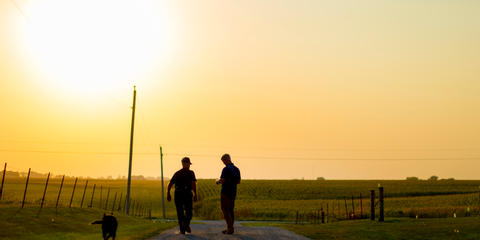
Direct Farm Operating Loan
Farm Service Agency
- Loan
- General
- Equipment
- Animal Purchase
- Diversification
- Marketing
- Processing
- Feed
- Seed
- Fertilizer
- Cash Rent
- Housing
- Construction
- Infrastructure
- Repairs
- Pest Management
- Storage
- Legal & Finance
- Water Management
- Waterway Protection
- Water Quality
- Conservation
- Training
- Immigrants
- CSA
- Refinancing
- Reduced Tillage
- National
- Any
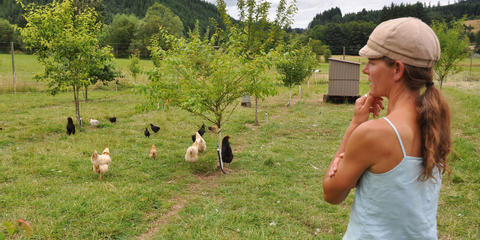
Environmental Quality Incentives Program (EQIP)
Natural Resources Conservation Service
- Grant
- Cost Share
- Conservation
- Cover Crops
- Forest Management
- Certified Grassfed
- Irrigation
- High Tunnel
- Certified Organic
- Air Quality
- Alternative Energy
- Soil Health
- Wildlife & Pollinator Habitat
- Water Quality
- Weather
- Research
- Landscape
- Precision Ag
- Drought
- Nutrient Management
- Carbon Capture
- Fencing
- Agroforestry
- Grazing Management
- Reduced Inputs
- National
- Any
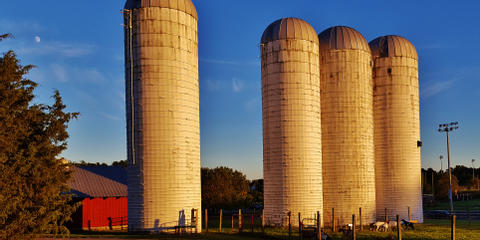
Farm Storage Facility Loan Program (FSFL)
Farm Service Agency
- Loan
- Infrastructure
- Equipment
- Storage
- Lighting
- Delivery Vehicle
- National
- Oilseeds
- Peanuts
- Pulse Crops
- Hay
- Honey
- Biomass
- Fruits
- Vegetables
- Floriculture
- Hops
- Maple Sap
- Milk
- Cheese
- Yogurt
- Butter
- Eggs
- Rye
- Aquaculture
- Poultry
- Livestock
- Grains
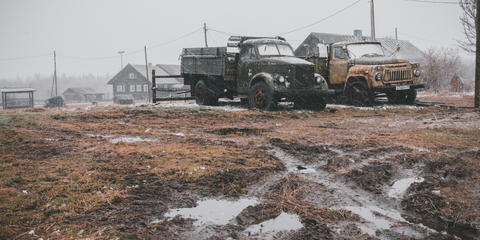
Inflation Reduction Act Assistance for Distressed Borrowers
Farm Service Agency
- Grant
- Discount
- Socially Disadvantaged
- Disaster Relief
- National
- Any
Details
Deadline
March 25, 2024
Organization
Financial Instrument
Grant
Minimum Award Amount
$50,000
Maximum Award Amount
$250,000
Updated March 27, 2024
Image Credit: SMReid
This information was gathered from public sources. Ambrook is not responsible for or able to affect the results of any financial programs listed, nor are they responsible for any incorrect information that is listed or is on the hyperlinked external sites. All information is subject to change.
Explore hundreds more programs on Ambrook.